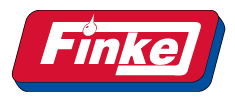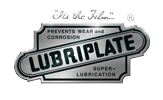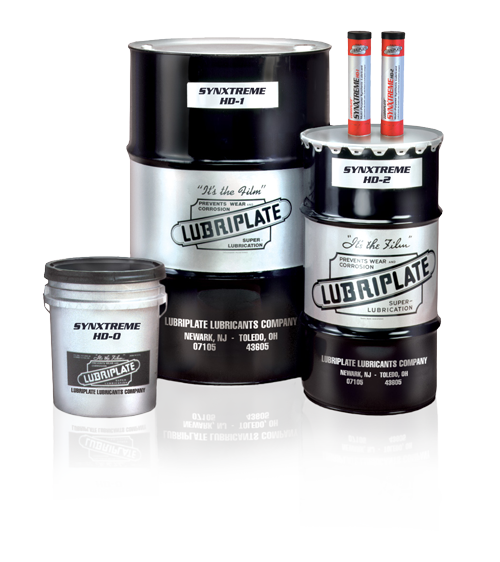PGO-FGL 460

When switching from a mineral oil or a PAO-based product to an oil from the
LUBRIPLATE PGO-FGL series, the system should first be flushed out
as follows
become:
Let the system run until the old oil is warm, then drain as completely as possible.
Particular attention should be paid to reservoirs, lines, etc., in
where oil may remain. The system should be cleaned of all sludge deposits
become.
Run the system with the minimum amount of LUBRIPLATE PGO-FGL under no load and
then, while the oil is still warm, drain it. Repeat this process if necessary.
Gaskets etc. should be checked and replaced if necessary. seals,
that have previously been in contact with other oils can become scaly on contact with LUBRIPLATE PGOFGL-
Oils shrink, so it might be beneficial to replace them.
However, this is not mandatory. A careful leak test of the
is often sufficient
system off.
It is a good idea to check the lubricant after a day or two of operation to
ensure that no foreign substances are included. A contamination with larger
Amounts of other lubricants may cause sludge or foam
in certain cases
or other problems.
When used, the manufacturer's instructions regarding quality properties, ambient temperatures and oil change intervals must be observed.
Health protection: When handling lubricants, the general rules of occupational safety must be observed.
Please refer to the safety data sheet for further information.
Finke-Service: Sales representatives, chemists and engineers are available at any time to provide technical advice
available.
LUBRIPLATE PGO-FGL Series:
Material Compatibility
Contact with polyurethane-based elastomers, leather, cork, asbestos, paper and cardboard should be avoided. However, commercially available sealing materials are not affected by the LUBRIPLATE PGO-FGL industrial gear oils. Especially where high temperatures are involved, nitrile rubber (NBR), fluorosilicone or vinyl methyl polysiloxane (Q) are recommended. Ordinary industrial paints soften when they come into contact with these products. Ideally, the inner surfaces of the gearbox should be unpainted or coated with durable materials, e.g. B. with a resistant two-layer epoxy.
These products must never be mixed with mineral oil or PAO based products.
These products are NSF approved for use in food processing plants as a lubricant or rust preventative for machinery where incidental contact of the lubricated parts with the edible product may occur.
available containers
| container | present |
|---|---|
| 19 liters | X |
| 208 liters | X |




